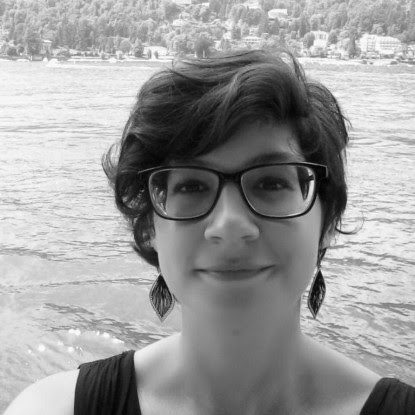Résumé de thèse
Avec le tournant numérique apparaissent à partir des années 60 en architecture de nouvelles méthodes de conception, mais aussi une série de projets expérimentaux, avec pour point commun le recours à des algorithmes et à des outils de programmation – un ensemble de projets que l’on peut regrouper sous l’appellation courant computationnel. Or le recours à un processus de conception procédural, computationnel (informatisé) nécessite de mettre au point une série d’instructions exprimable en langage formalisé, un processus à première vue contradictoire avec les connaissances tacites sur lesquelles s’appuie la pratique architecturale.
Le projet de doctorat propose une analyse à trois niveaux de cette série de projets et du recours aux outils de programmation pour la conception spatiale au cours des 50 dernières années. Dans un premier temps, on cherche à caractériser le courant computationnel d’un point de vue technique : quels processus algorithmiques sont utilisés pour la conception architecturale et quels biais techniques ces processus entraînent-ils ? Dans un second temps, on s’intéresse à la dimension socio-historique de ce courant, en se penchant en particulier sur deux approches de la conception procédurale : l’une favorisant une rationalisation des pratiques architecturales et l’autre choisissant d’explorer le versant heuristique, artisanal, qu’implique la maîtrise des techniques de programmation. Enfin, on s’interroge sur une possible épistémologie de l’architecture computationnelle à partir des notions de savoir-faire et calculabilité.
With the digital revolution, new design methods appeared in architecture from the 1960s onwards, leading to a series of experimental projects, with the use of algorithms and programming tools as a common feature - a set of projects that can be grouped together under the common name of computational design. However, the use of a procedural, computational design process requires the development of a series of instructions that can be expressed in a formalised language, a process that at first sight contradicts the tacit knowledge on which architectural practice is based.
The doctoral project proposes a three-level analysis of this series of projects and the use of programming tools for spatial design over the last 50 years. First, it seeks to characterise the computational field from a technical point of view: which algorithmic processes are used for architectural design and what technical biases do these processes entail? Secondly, the research looks at the socio-historical dimension of this current, focusing in particular on two approaches to procedural design: one favouring a rationalisation of architectural practices and the other choosing to explore the heuristic, artisanal side of the process, which is involved in mastering programming techniques. Finally, we question a possible epistemology of computational architecture based on the notions of know-how and calculability.
Direction de thèse
- Matteo Porrino, Laboratoire GSA
- Mario Carpo, Bartlett School of Architecture
